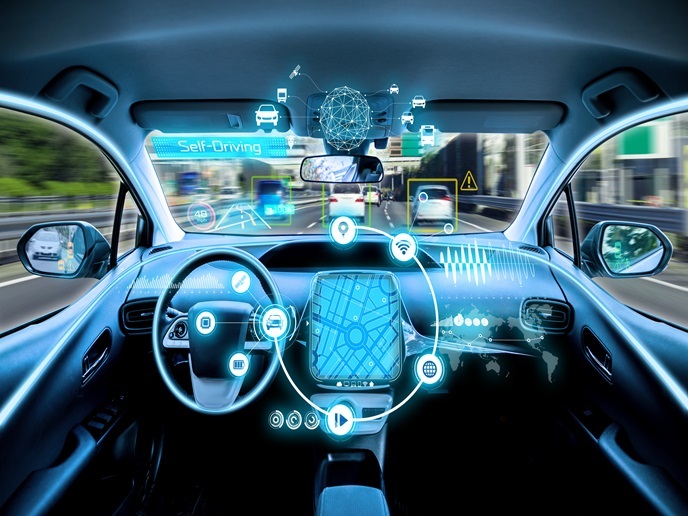Developing robust self-driving vehicles that can go the distance
Despite significant advancements, current automated driving systems remain limited in scope. Today’s systems manage tasks such as lane-keeping and adaptive cruise control, but struggle with complex situations such as navigating roadworks or sudden accidents. By improving connected automated driving (CAD), the Hi-Drive project aims to reduce human intervention and support safer mobility – an essential objective given human error accounts for the vast majority of traffic accidents globally. Hi-Drive’s approach was to expand the operational design domain (ODD) of automated systems, enabling them to function reliably in real-world conditions. Through the integration of cutting-edge communication, artificial intelligence and cybersecurity technologies, the project is equipping vehicles to tackle the complex demands of everyday driving. “Automated driving still has many gaps,” says project coordinator Aria Etemad from Volkswagen Group Innovation. “You can’t drive from your origin to your destination without interruption. The idea of the project was to close those gaps.”
Reading the road
Central to this goal were what the project calls “enablers” – innovations designed to overcome current limitations. These include enhanced communication technologies for real-time information exchange, improved positioning systems for precise navigation, and robust cybersecurity to protect against malicious interference. Hi-Drive tested these capabilities in challenging environments. One of their automated vehicles successfully navigated an eight-kilometre tunnel in Germany, overcoming radar interference and GPS signal loss, conditions that may confound traditional sensors. In Finland, another breakthrough was highlighted in the use of Hotspot MapCloud and Landmark Signature Recognition Maps to enable autonomous driving in adverse weather. These systems, which rely on artificial landmarks rather than visible lane markings, enabled vehicles to navigate rural and urban roads at speeds of up to 50 kph.
Building trust, accelerating adoption
Hi-Drive recognised that advancing technology alone is not enough. Public awareness and standardised regulations are vital for the success of automated vehicles. To achieve this, the project worked with mobility clubs from multiple European countries to develop driver training programmes tailored to their unique languages and driving cultures. “Awareness is one of the key issues,” adds Etemad. “We worked with mobility clubs to develop driver training curriculums in 11 different countries and languages.” The team has further engaged the public through roadshows showcasing the project’s advancements. These events highlighted key achievements, such as vehicle-to-vehicle communication in highway merging scenarios, automated driving in adverse weather conditions, user acceptance studies, and demonstrations of complex real-world use cases such as tunnel navigation. These activities, combined with dissemination through the Hi-Drive website and their YouTube channel, made advanced automated driving concepts accessible to a broader audience.
Collaboration for safer roads
Collaboration was also central to Hi-Drive’s success. The project brings together 40 partners from across the mobility ecosystem, including automotive suppliers, research institutes, associations, traffic engineers, deployment organisations and mobility clubs. This diverse consortium has drawn on expertise from engineering, policymaking and even psychology. Insights from psychologists were instrumental in better understanding driver behaviour and effective communication methods. As it approaches its conclusion in late 2025, Hi-Drive aims to support the delivery of reliable, robust high automation. However, Etemad emphasises that this is only the beginning. “Extending today’s limited ODD will have a tremendous impact on the future of automation, but we will need to continue optimising these systems,” he concludes. “This will not be our last project on automated driving.”
Keywords
Hi-Drive, automated, mobility, CAD, connected automated driving, operational design domain, enablers, gaps, weather, tunnel, sensors







